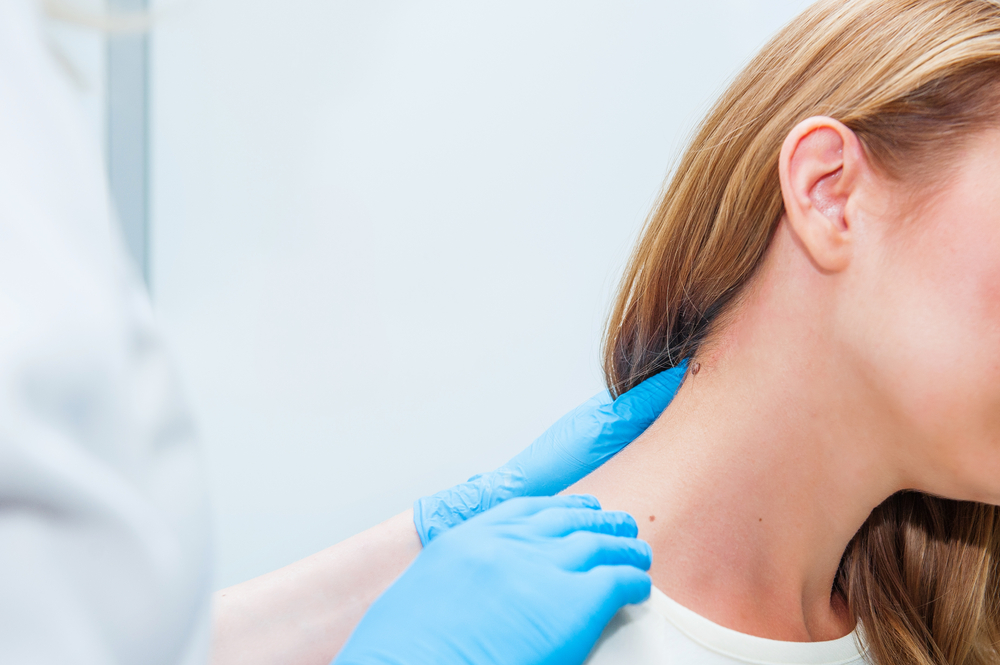Introduction
Basal cell carcinoma (BCC) is the most common type of skin cancer, accounting for approximately 80% of all skin cancer cases. While this type of cancer rarely metastasizes or spreads to other parts of the body, early detection and treatment are crucial to prevent damage to surrounding tissues and potential disfigurement.
Mohs micrographic surgery has emerged as one of the most effective treatments for basal cell carcinoma. This procedure offers high cure rates while preserving as much healthy tissue as possible. In this blog post, we’ll delve into what basal cell carcinoma is, the process of Mohs surgery, and what to expect in terms of basal cell before and after Mohs surgery.
What is Basal Cell Carcinoma?
Basal cell carcinoma originates from the basal cells, which are found in the deepest layer of the epidermis, the outermost layer of the skin. This type of skin cancer typically appears as a pearly or waxy bump, a flat, flesh-colored or brown scar-like lesion, or a bleeding or scabbing sore that heals and then returns.
Factors contributing to the development of basal cell carcinoma include:
Sun exposure: Overexposure to ultraviolet (UV) radiation from the sun or tanning beds.
Age: Older individuals are more likely to develop BCC.
Fair skin: People with fair skin, light hair, and light-colored eyes are at a higher risk.
Personal or family history: Previous skin cancers or a family history of skin cancer increases the risk.
What is Mohs Surgery?
Mohs micrographic surgery is a specialized technique used to treat skin cancers, including basal cell carcinoma. It involves the precise removal of cancerous tissue layer by layer, followed by immediate microscopic examination of each layer until no cancer cells are detected. This allows for the complete removal of the tumor while sparing healthy surrounding tissue.
Basal Cell Before Mohs Surgery
Before undergoing Mohs surgery for basal cell carcinoma, a dermatologist or Mohs surgeon will evaluate the lesion to determine its size, location, and depth. This assessment may involve:
Clinical examination: A thorough examination of the skin to identify suspicious lesions.
Biopsy: Removal of a small sample of the lesion for microscopic examination to confirm the diagnosis.
Once diagnosed with basal cell carcinoma, the patient will be scheduled for Mohs surgery. Before the procedure:
Preparation: The patient’s medical history will be reviewed, and any medications or supplements that may interfere with the surgery will be discussed.
Expectations: The surgeon will explain the procedure, potential risks, and expected outcomes.
Basal Cell After Mohs Surgery
After Mohs surgery, the wound is typically sutured closed, and a dressing is applied. The wound healing process varies depending on the size and location of the lesion.
Immediate Postoperative Period:
Swelling and Bruising: Mild swelling and bruising are common and usually subside within a week.
Pain and Discomfort: Pain is usually minimal and can be managed with over-the-counter pain relievers.
Dressing Care: The dressing should be kept clean and dry as instructed by the surgeon.
Long-term Results:
Scarring: Mohs surgery aims to minimize scarring, but some scarring may occur, especially with larger lesions.
Recurrence: The recurrence rate for basal cell carcinoma after this treatment is low, typically less than 5%.
Conclusion
Mohs micrographic surgery offers a highly effective treatment option for basal cell carcinoma, with excellent cure rates and minimal damage to healthy tissue. Understanding the process of basal cell before and after this treatment can help patients make informed decisions and know what to expect during the treatment and recovery period.
If you suspect you have basal cell carcinoma or have been diagnosed with this type of skin cancer, consult with a dermatologist or Mohs surgeon to discuss the best treatment options tailored to your individual needs.
Remember, early detection and treatment are key to successful outcomes. Protect your skin from sun exposure, perform regular self-examinations, and see a dermatologist for annual skin cancer screenings to maintain healthy skin and prevent skin cancer.

